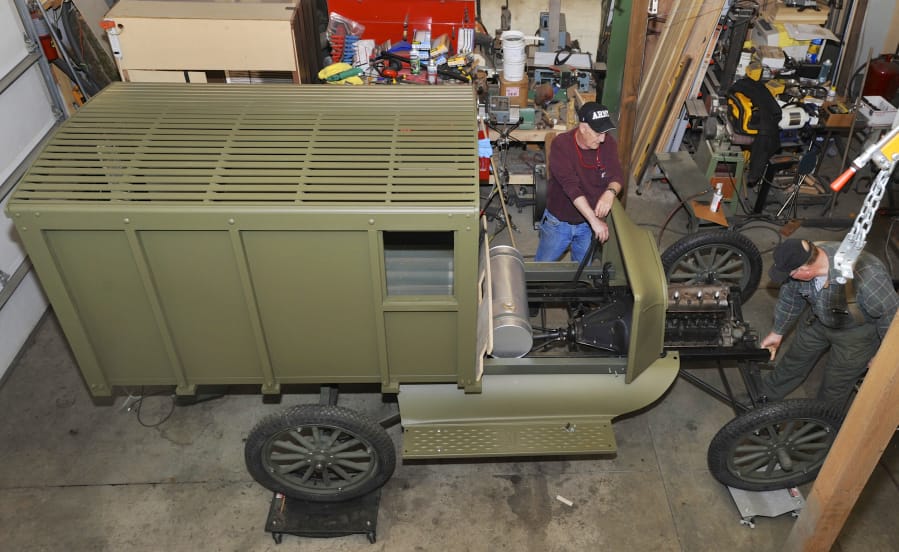Local aspects of the Great War included troop deployments, spruce wood and the Spanish flu. They will be among more than a dozen topics presented in the Vancouver Barracks World War I Centennial Conference over Memorial Day weekend.
The sessions on May 25-27 will include free public events at Providence Academy and ticketed programs at other locations.
Hosted by the Vancouver Barracks Military Association, the conference will mark the anniversary of America’s participation in World War I. U.S. troops arrived in Europe on June 26, 1917, and the fighting ended on Nov. 11, 1918.
Keynote speaker Mitchell Yockelson is lead investigator with the National Archive and Records Administration. Yockelson is chief historical adviser to the U.S. World War I Centennial Commission and has written several books about the war.
If You Go
• Where: Johnston Ridge Observatory, 52 miles east of Castle Rock at Exit 49 off Interstate 5.
• Today: The 38th anniversary of the eruption of Mount St. Helens (a fee-free day).
• Saturday: “It’s a Blast” event, 10 a.m. to 6 p.m.
Vancouver Barracks was part of the war effort, and the wider community also reflected some of the social issues that were part of that era, said Vancouver author and historian Jeff Davis.
Vancouver Barracks was a troop center during World War I, but it also was strategically important, Davis said.
“Today, a strategic resource is something like oil,” said Davis, president of the Vancouver Barracks Military Association. “In those days, the strategic resource was spruce wood for airplanes.”
The Spruce Production Division, headquartered at Vancouver Barracks, was an Army Signal Corps division charged with logging and milling spruce lumber to build warplanes. About 5,000 of the division’s 30,000 soldiers worked at the Vancouver spruce mill.
After the war, Vancouver Barracks “was a demobilization station for a lot of the draftees and volunteers from Southwest Washington and north-central Oregon,” said Davis, one of the scheduled speakers.
Participation by the Vancouver Barracks Military Association will include a tangible echo of the war. Starting with the chassis of a 1917 Ford Model T, volunteers have built a replica World War I U.S. Army ambulance.




